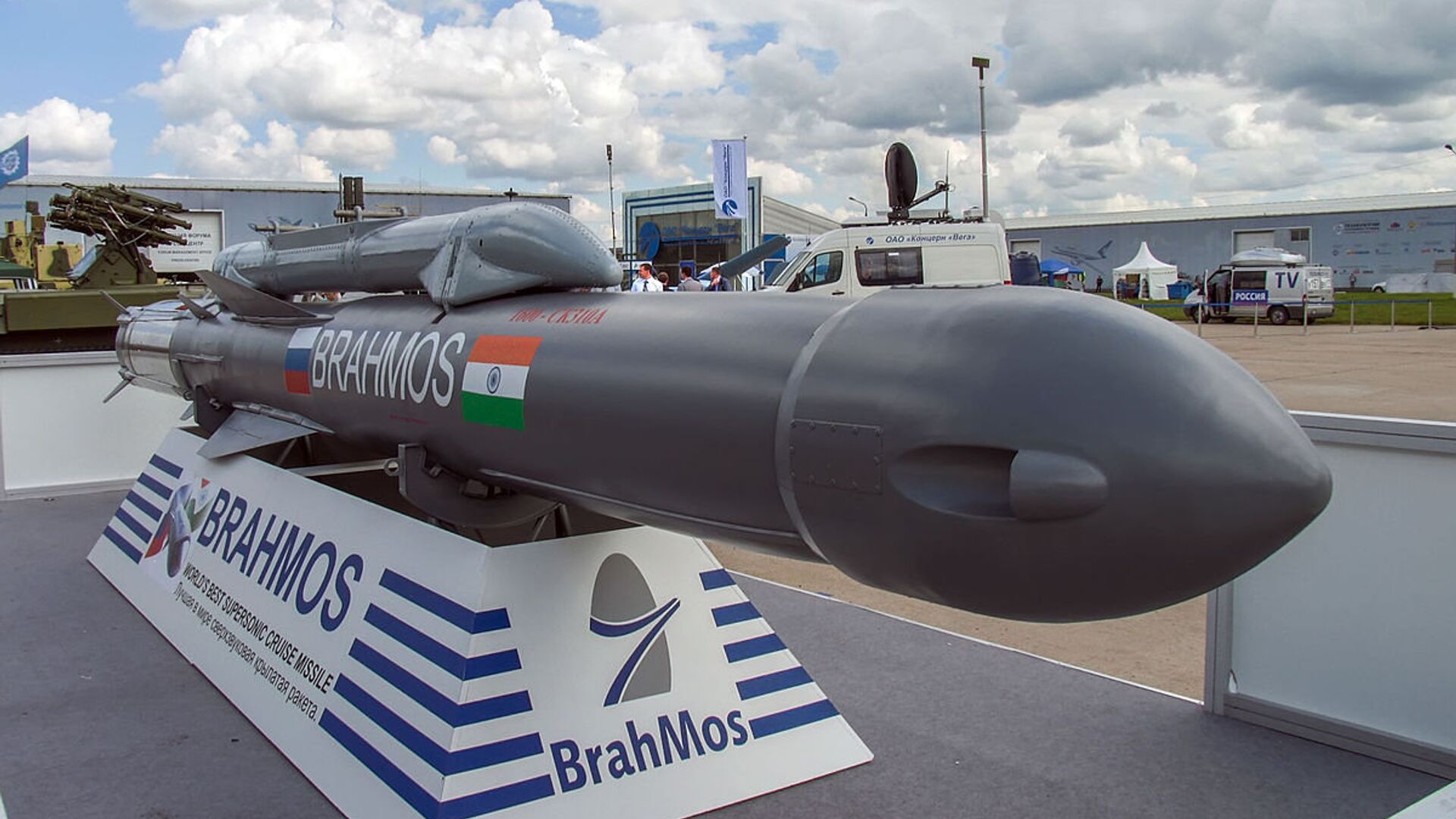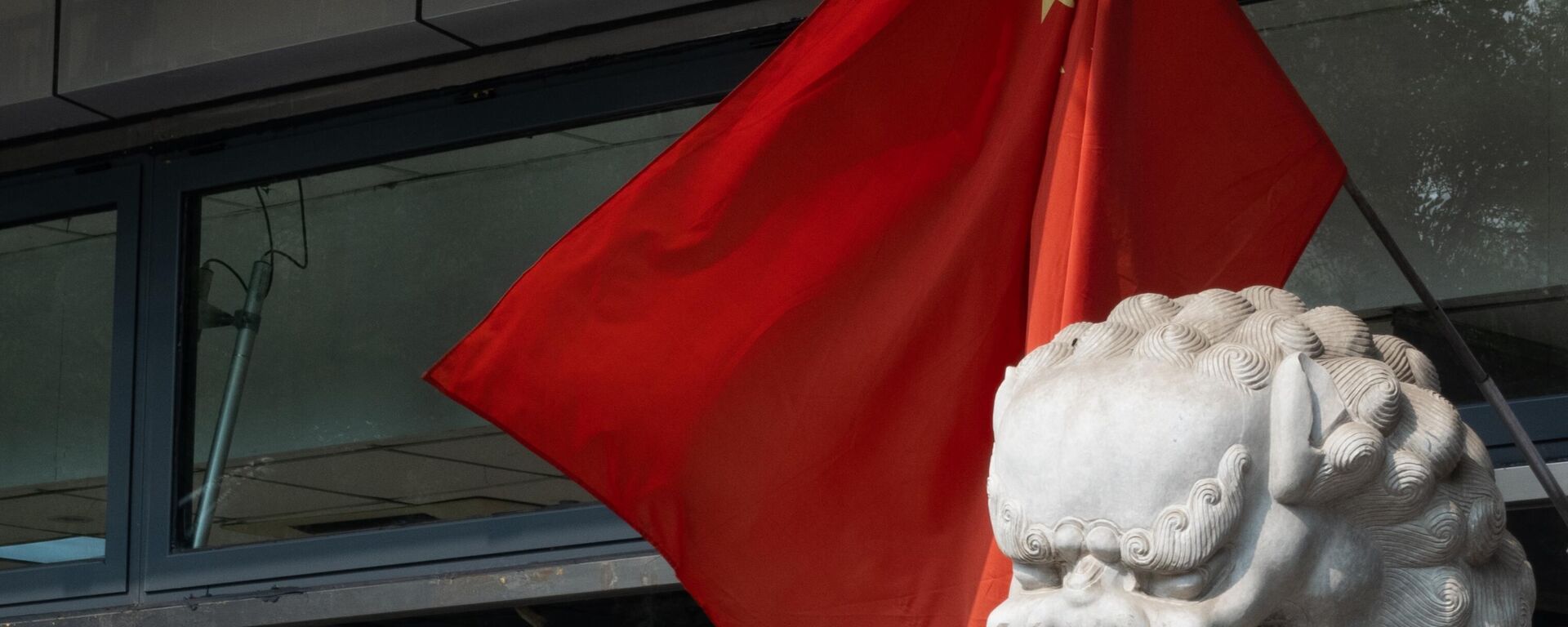Missile Milestone for US Allies, But Security Dilemma for Asia
Subscribe
According to a news report on Breaking Defense, the two US allies of Japan and the Philippines are nearing important milestones in their plans to invest in new missiles that will extend the reach of their militaries in the Western Pacific.
The first set of BrahMos missile systems the Philippines bought from India is expected to reach the Philippines by the end of March. Around the same time, 30 personnel from Japan's Maritime Self-Defense Force are expected to receive guidance from the US Navy to operate Tomahawk missiles the Japanese government plans to purchase from the US.
Zhang Junshe, a Chinese military expert, told the Global Times that this development reveals that US allies are responding to the US' so-called Indo-Pacific Strategy and its much hyped "China threat" theory with which the US tries to form small cliques.
Tokyo and Manila's investment in new missiles are based on their own calculations. Since last year, China-Philippines tensions have heightened over the South China Sea maritime disputes under the incitement of Washington. BrahMos missiles have a flight range of up to 290 kilometers at supersonic speed and can be launched from land, ship or fighter aircraft. The missiles could pose a striking capability toward Nansha islands such as Ren'ai Jiao (also known as Ren'ai Reef) and Meiji Jiao (also known as Meiji Reef) and even the Huangyan Dao (also known as Huangyan Island).
As for Japan, the Tomahawk missiles Japan plans to buy from the US can hit the targets 1,600 kilometers away, which far exceeds Japan's need for self-defense but greatly boosts Japan's offensive capabilities. Japan is using the connivance and support of the US to break through the constraints of its pacifist Constitution and realize its dream of being a political and military major power.
Japan decided in late 2022 to develop a strike capability allowing it to launch attacks on enemy forces, which was a major shift of its postwar commitment to limit its military to self-defense capabilities. If the Tomahawk missiles are deployed in Japan's offshore islands, it could have the capability of striking the Chinese mainland.
Wang Yunfei, a naval expert, told the Global Times that BrahMos are mainly used against weaker targets. If a real conflict occurs, China has various kinds of weapons such as air-to-surface missiles, anti-ship missiles, cruise missiles that can overwhelm BrahMos. Although BrahMos missiles can boost the ability of the Coastal Defense Regiment of the Philippine Marine Corps, they have limited deterrence against China.
As for Tomahawk missiles, which is subsonic but not supersonic, China has many counterstrike abilities as it has more kinds of missiles such as DF and other types of cruise missiles.
Wang said that the analysis of the use of a weapon does not depend on its performance, but the underlying intention and motivation. Under the encouragement of the US, Japan and the Philippines are investing in these two missiles to undermine China's efforts to safeguard its territorial sovereignty and maintain peace and stability in the Taiwan Straits. China has no motives to attack the territory of the two countries, but if they harm China's interests, they will inevitably face counterstrikes from China and become cannon fodder for the US' aggressive Asia policy.
Tokyo and Manila's investment in new missiles are based on their own calculations. Since last year, China-Philippines tensions have heightened over the South China Sea maritime disputes under the incitement of Washington. BrahMos missiles have a flight range of up to 290 kilometers at supersonic speed and can be launched from land, ship or fighter aircraft. The missiles could pose a striking capability toward Nansha islands such as Ren'ai Jiao (also known as Ren'ai Reef) and Meiji Jiao (also known as Meiji Reef) and even the Huangyan Dao (also known as Huangyan Island).
As for Japan, the Tomahawk missiles Japan plans to buy from the US can hit the targets 1,600 kilometers away, which far exceeds Japan's need for self-defense but greatly boosts Japan's offensive capabilities. Japan is using the connivance and support of the US to break through the constraints of its pacifist Constitution and realize its dream of being a political and military major power.
Japan decided in late 2022 to develop a strike capability allowing it to launch attacks on enemy forces, which was a major shift of its postwar commitment to limit its military to self-defense capabilities. If the Tomahawk missiles are deployed in Japan's offshore islands, it could have the capability of striking the Chinese mainland.
Wang Yunfei, a naval expert, told the Global Times that BrahMos are mainly used against weaker targets. If a real conflict occurs, China has various kinds of weapons such as air-to-surface missiles, anti-ship missiles, cruise missiles that can overwhelm BrahMos. Although BrahMos missiles can boost the ability of the Coastal Defense Regiment of the Philippine Marine Corps, they have limited deterrence against China.
As for Tomahawk missiles, which is subsonic but not supersonic, China has many counterstrike abilities as it has more kinds of missiles such as DF and other types of cruise missiles.
Wang said that the analysis of the use of a weapon does not depend on its performance, but the underlying intention and motivation. Under the encouragement of the US, Japan and the Philippines are investing in these two missiles to undermine China's efforts to safeguard its territorial sovereignty and maintain peace and stability in the Taiwan Straits. China has no motives to attack the territory of the two countries, but if they harm China's interests, they will inevitably face counterstrikes from China and become cannon fodder for the US' aggressive Asia policy.
Japan and the Philippines are not alone in missile investments. Australia is enhancing its long-range strike capabilities through similarly purchasing Tomahawk missiles.
Sun Xihui, an associate research fellow with the National Institute of International Strategy at the Chinese Academy of Social Sciences, told the Global Times that the US' Asian allies always use the "China threat" rhetoric as an excuse to develop offensive military forces. In fact, their actions are a trigger for regional arms race, which will poison the atmosphere of peace and stability in the Asia-Pacific region and lead to a security dilemma in Asia. This is what the US likes to see.
The US has used the Russia-Ukraine conflict to create fear and firmly controlled its European allies, forcing them to increase their defense budgets. Now it wants to replicate this approach in Asia. Sun noted that the US does not want to have a direct confrontation with China; instead, it relies on its allies and partners in Asia to contain China and turns its sense of strategic crisis into mutual confrontation among Asian countries to achieve the dual goals of mastering the minds of its Asian allies and maintaining regional hegemony.
In the face of the disruption by the US, China must maintain strategic steadiness, strengthen self-defense, and enhance its long-range defense capabilities to ensure its national security and legitimate rights and interests.
Sun Xihui, an associate research fellow with the National Institute of International Strategy at the Chinese Academy of Social Sciences, told the Global Times that the US' Asian allies always use the "China threat" rhetoric as an excuse to develop offensive military forces. In fact, their actions are a trigger for regional arms race, which will poison the atmosphere of peace and stability in the Asia-Pacific region and lead to a security dilemma in Asia. This is what the US likes to see.
The US has used the Russia-Ukraine conflict to create fear and firmly controlled its European allies, forcing them to increase their defense budgets. Now it wants to replicate this approach in Asia. Sun noted that the US does not want to have a direct confrontation with China; instead, it relies on its allies and partners in Asia to contain China and turns its sense of strategic crisis into mutual confrontation among Asian countries to achieve the dual goals of mastering the minds of its Asian allies and maintaining regional hegemony.
In the face of the disruption by the US, China must maintain strategic steadiness, strengthen self-defense, and enhance its long-range defense capabilities to ensure its national security and legitimate rights and interests.
This article originally appeared on the Global Times website.



